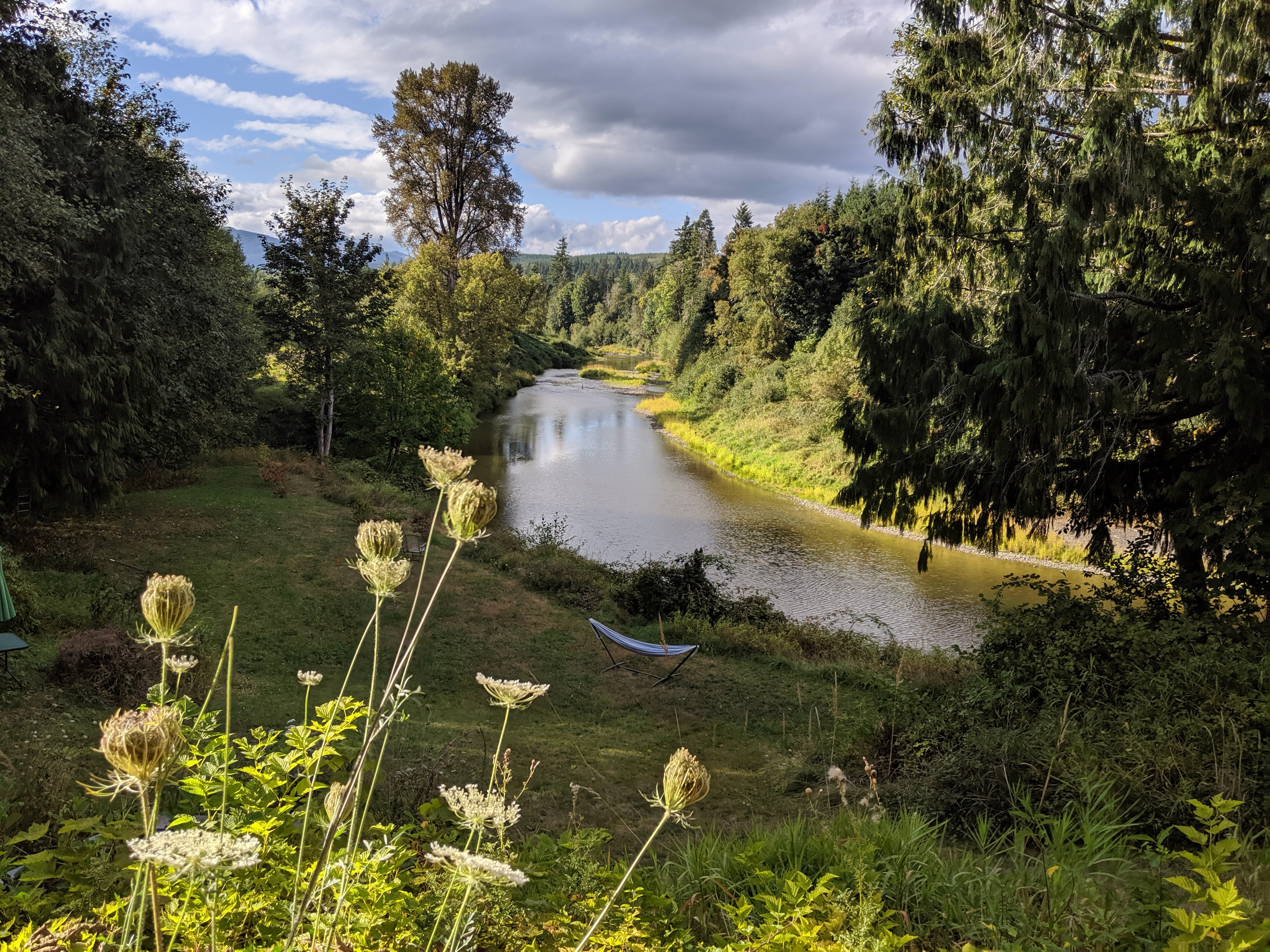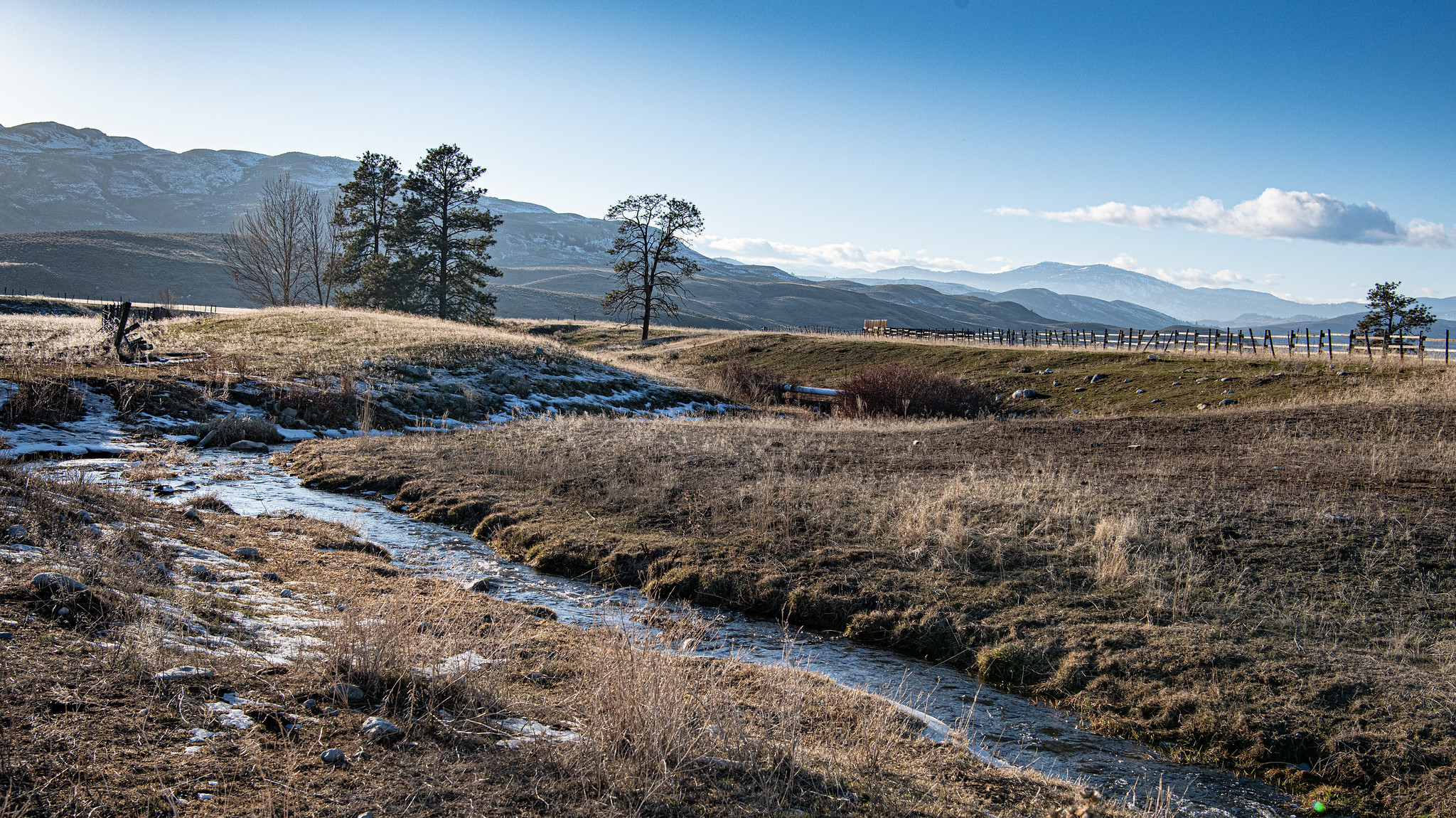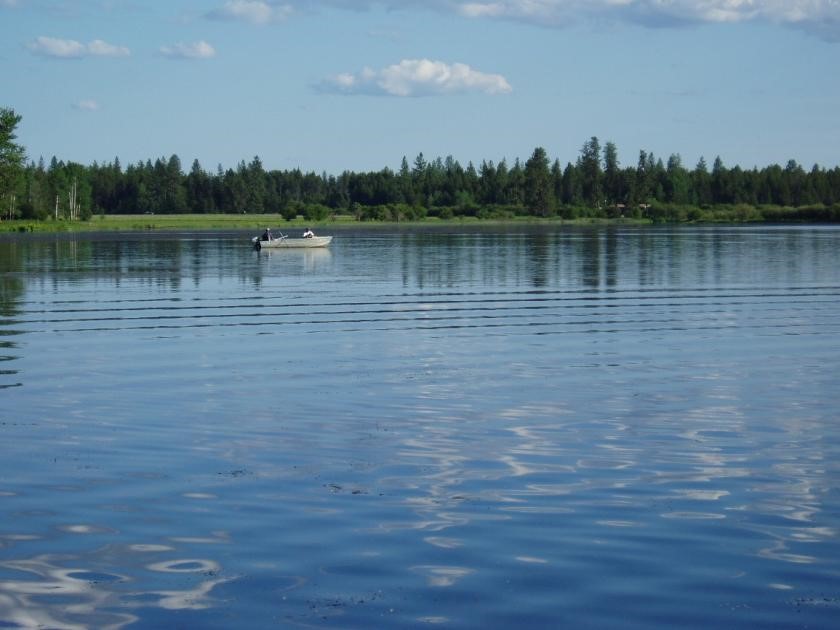Updated plans for the Chehalis, Okanogan, and Little Spokane watersheds will help protect water levels and habitat around those rivers, while also ensuring water remains available for rural development. The Washington Department of Ecology adopted the addendums today, ahead of the legislative deadline.
Local groups made up of tribal, local, and state agency representatives and community members began working on the plans in 2018. The planning groups identified projects and actions to bolster streams and provide a net ecological benefit to the watersheds. Under a 2018 state law, Ecology is responsible for reviewing and approving the local plans.
“We appreciate the hard work and collaboration the planning groups have put into updating these watershed plans,” said Laura Watson, Ecology director. “Completing these three plans gets us another step closer to ensuring rural communities and streams have the water they need.”
Chehalis watershed The Chehalis River will receive streamflow benefits from projects recently funded by Ecology’s Streamflow Restoration grant program. Flickr user Bruce Evans.
The Chehalis watershed, also known as Water Resource Inventory Areas (WRIAs) 22 and 23, covers large parts of Grays Harbor, Lewis, Thurston, and Mason counties and small areas of Pacific, Cowlitz, Jefferson, and Wahkiakum counties. The Chehalis Basin Partnership identified more than 74 projects — including 20 high-priority projects — to address ecological needs that will add 3,309 acre-feet of water back into the streams each year. Projects include water right acquisitions, managed aquifer recharge projects, stormwater enhancement projects, restoration projects, artificial beaver dams, and floodplain restoration projects.
“The Chehalis Basin Partnership has met regularly for many years and was poised to take on the task of creating a new Streamflow Restoration Plan in 2018,” said Kirsten Harma, Chehalis Basin Partnership Watershed Coordinator. “The trust built in this group positioned us to collaboratively guide the plan and ultimately achieve consensus. Stakeholder involvement was indispensable in coming up with a common-sense plan that fit our local values, which means the projects in the plan are more likely to be implemented as a result.”
Okanogan watershed Antoine Valley Ranch acquisition was funded by our Streamflow Restoration grants to improve streamflows in Antoine Creek, a tributary of the Okanogan River. Ellen Bishop, Western Rivers Conservancy
The Okanogan watershed, or WRIA 49, covers a large part of Okanogan County. The WRIA 49 planning group developed a two-tier system for projects that will add 2,786 acre-feet of water back into streams each year. The plan update includes nine well developed projects and 12 additional projects that include water storage, water right acquisitions, streamflow supplementation, fish passage, and habitat improvements. Projects will provide streamflow and ecological benefits to the watershed.
“I am thankful for the cooperation of everyone in the planning group,” said Chris Branch, Okanogan County Commissioner for District 1. “We intend to continue this dialogue as part of our adaptive management implementing this plan that benefits residents of the Okanogan River Basin."
Little Spokane watershed Eloika Lake water storage and wetland restoration project, in Spokane County, was funded by Ecology’s Streamflow Restoration grant program. Photo by Washington Department of Fish and Wildlife.
The Little Spokane watershed, or WRIA 55, covers parts of Spokane, Pend Oreille, and Stevens counties. The WRIA 55 planning group identified 18 projects that will add 4,085 acre-feet of water back into streams each year. Projects include water right acquisitions, managed aquifer recharge, and water storage projects. The plan update also includes 10 habitat projects that will improve streamflows in the watershed.
“Spokane County appreciates the cooperative spirit of the diverse stakeholder group that worked to develop local solutions to the challenges resulting from the Hirst decision,” said Mike Hermanson, Spokane County Water Resources manager. “This plan strikes the right balance between allowing new rural development, while protecting the water resources of the Little Spokane River watershed.”
These watershed planning efforts were conducted under a streamflow restoration law passed by the Legislature in 2018 in response to the Hirst decision. The law helps improve streamflows to levels necessary to support robust, healthy and sustainable native fish populations, while also providing water for homes in rural Washington.
Six of 15 watersheds identified in the 2018 law now have updated watershed plans. To learn more about the plan updates, please visit the Streamflow Restoration webpage.




